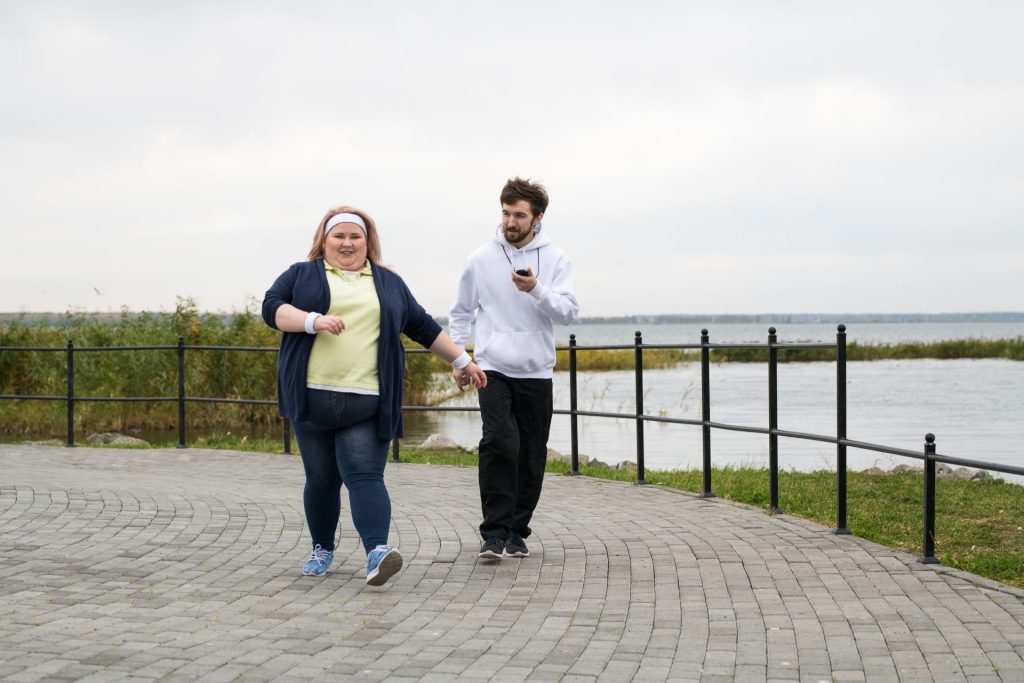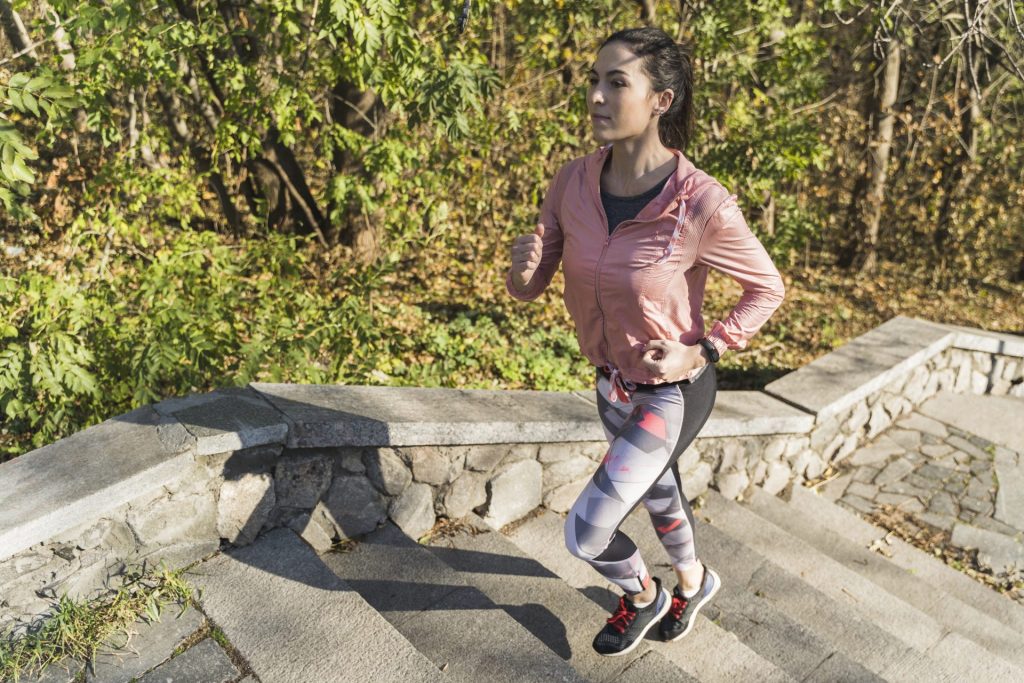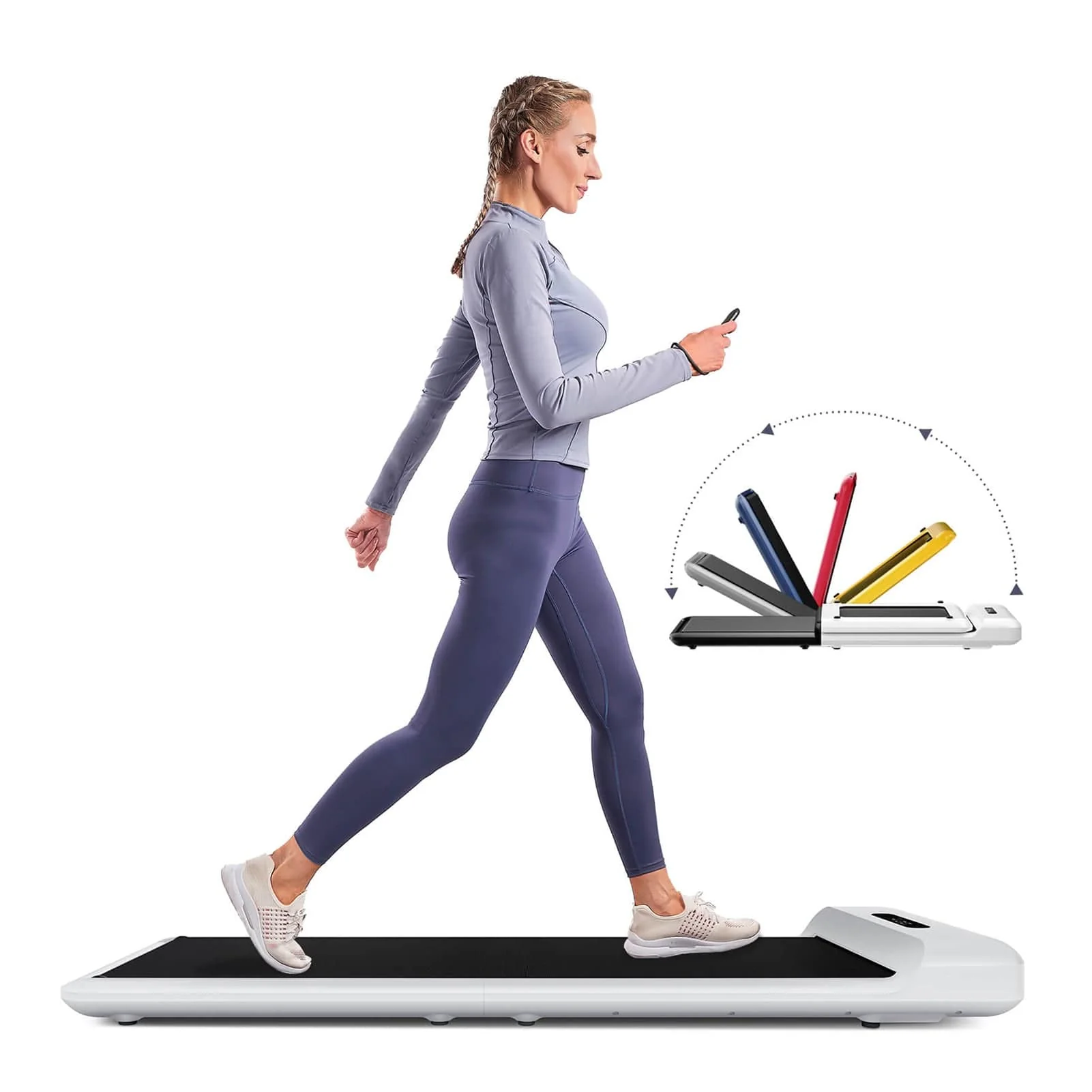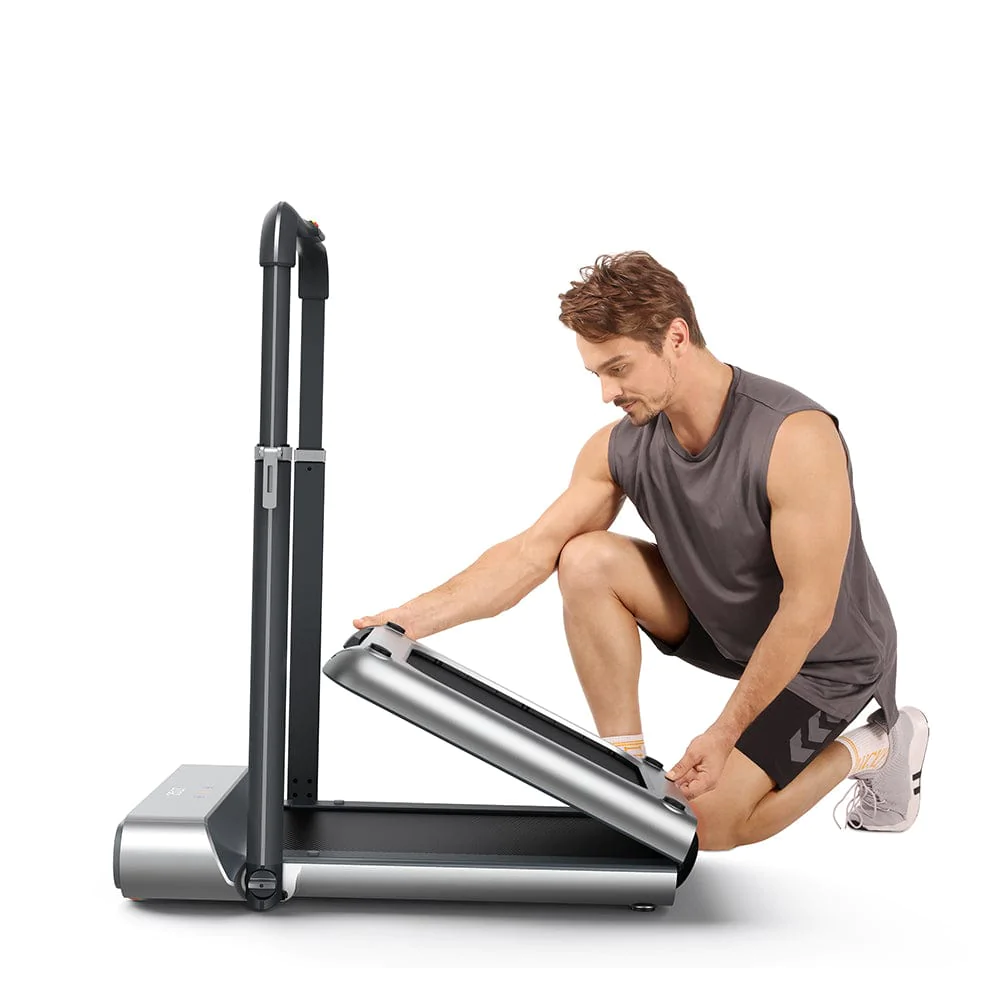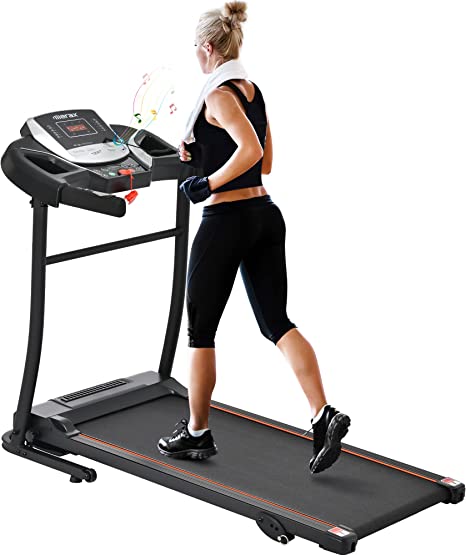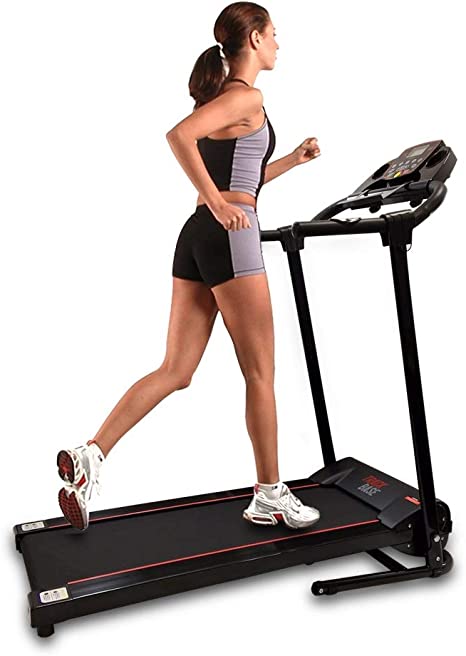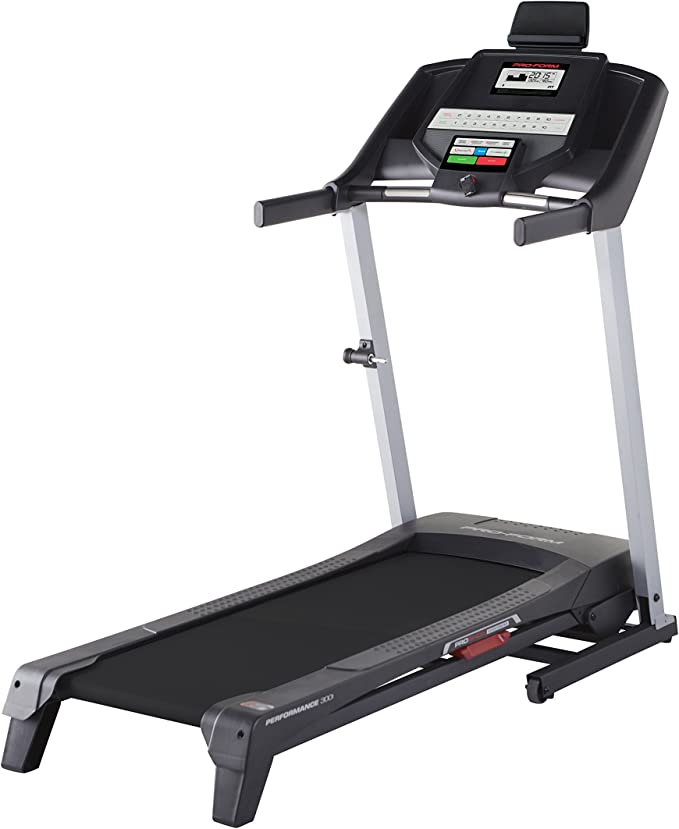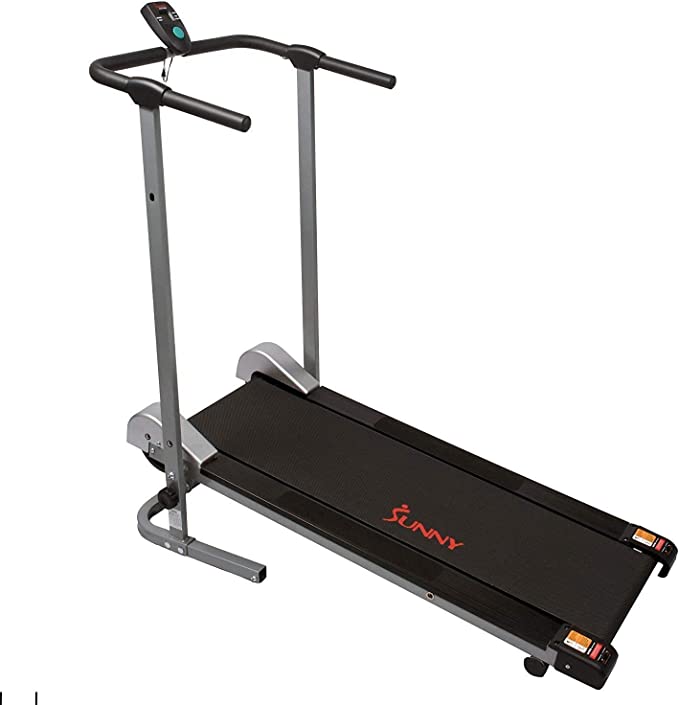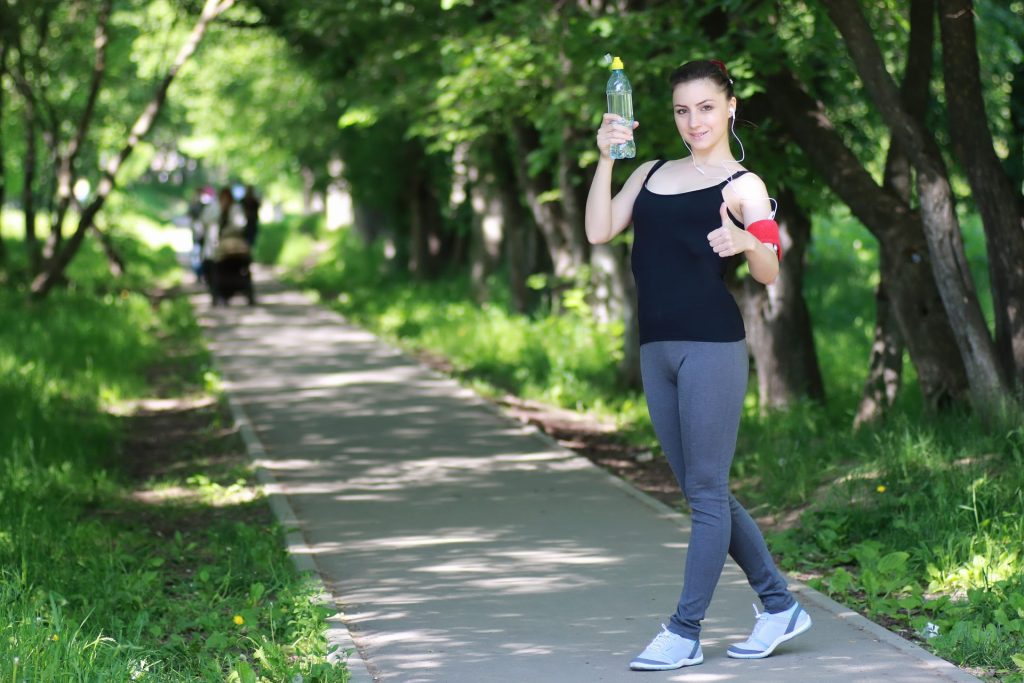Did you know that walking 5 miles a day can do wonders for your health? What if we told you that this simple form of exercise can help you improve your physical and mental well-being, and even increase your lifespan?
Walking is a low-impact exercise that can be easily incorporated into our daily routine. It requires no equipment, no membership fees, and can be done anytime, anywhere. However, despite its simplicity, many of us tend to underestimate the power of walking.
In this article, we will discuss the numerous benefits of walking 5 miles a day. From boosting your cardiovascular health to reducing stress levels, you’d be surprised at what walking can do for you. So, put on your walking shoes, and let’s explore the exciting world of walking 5 miles a day!
Contents
- The Physical Benefits Of Walking 5 Miles A Day
- The Mental And Emotional Benefits Of Walking 5 Miles a Day
- Best Walking Pads (treadmills)
- Social And Environmental Benefits Of Walking 5 Miles A Day
- Tips For Incorporating A 5-Mile Daily Walking Routine
- FAQs
- Walk at Home With Walking Pads (treadmills)
- Conclusion
The Physical Benefits Of Walking 5 Miles A Day
Walking 5 miles a day can provide numerous physical benefits for individuals. Here are some of the key advantages:
Improved Cardiovascular Health
Lower risk of heart disease
Regular walking can help reduce the risk of developing heart disease. It improves heart health by strengthening the heart muscle, enhancing circulation, and reducing bad cholesterol levels.
Lower blood pressure
Walking can help lower blood pressure levels, reducing the strain on the cardiovascular system and decreasing the risk of hypertension.
Improved cholesterol levels
Walking regularly can increase levels of high-density lipoprotein (HDL) cholesterol, often referred to as “good” cholesterol, while reducing levels of low-density lipoprotein (LDL) cholesterol, commonly known as “bad” cholesterol.
This can help improve overall cholesterol levels and reduce the risk of heart disease.
Weight Management And Calorie Burning
Increased calorie expenditure: Walking 5 miles a day can significantly increase calorie expenditure, aiding in weight management. The exact number of calories burned depends on various factors such as body weight, walking speed, and terrain.
Effective for weight loss or maintenance: Walking can be an effective form of exercise for weight loss or weight maintenance. It helps create a calorie deficit, leading to fat loss and improved body composition.
Toning and strengthening muscles: Walking engages multiple muscle groups, including the legs, buttocks, core, and arms. It can help tone and strengthen these muscles, leading to improved muscle definition and overall fitness.
Enhanced Bone Health
Reduced risk of osteoporosis
Regular walking, particularly weight-bearing walking, can help reduce the risk of osteoporosis. Weight-bearing exercises help stimulate bone growth and density, making bones stronger and less prone to fractures.
Increased bone density
Walking places stress on the bones, which signals the body to strengthen them. Over time, this can lead to increased bone density and reduced risk of osteoporosis-related fractures.
Improved joint mobility
Walking is a low-impact exercise that can improve joint mobility and flexibility. It helps lubricate the joints and promotes the overall health of cartilage, reducing the risk of joint problems.
The Mental And Emotional Benefits Of Walking 5 Miles a Day
Here are some ways walking can positively impact your mental well-being
Reduced Stress And Anxiety
Release of endorphins: Walking stimulates the release of endorphins, which are natural mood-enhancing chemicals in the brain. These endorphins help reduce stress and anxiety, promoting a sense of well-being and relaxation.
Improved mood: Regular walking can elevate your mood by increasing the production of neurotransmitters like serotonin, dopamine, and norepinephrine, which are associated with feelings of happiness and positivity.
Enhanced mental clarity: Walking outdoors in nature or simply changing your environment can help clear your mind and provide a mental break from daily stressors. This can lead to improved mental clarity and a greater ability to handle challenges.
Best Walking Pads (treadmills)
Boosted Cognitive Function
- Improved memory and focus: Walking has been shown to enhance cognitive function, including memory and attention span. The increased blood flow and oxygen supply to the brain during physical activity can improve cognitive performance.
- Reduced risk of cognitive decline: Engaging in regular physical activity like walking has been linked to a reduced risk of age-related cognitive decline and neurodegenerative disorders, such as dementia and Alzheimer’s disease.
- Increased creativity and problem-solving abilities: Walking can stimulate creative thinking and problem-solving skills. The rhythmic movement and change of scenery can enhance cognitive flexibility and generate new ideas.
Enhanced Sleep Quality
- Improved ability to fall asleep and stay asleep: Regular exercise, including walking, can promote better sleep by reducing insomnia symptoms and helping you fall asleep faster. Physical activity raises your body temperature, and the subsequent drop in temperature after exercise can facilitate sleep onset.
- Regulation of sleep patterns: Walking regularly can help regulate your circadian rhythm, the internal clock that governs your sleep-wake cycle. Exposure to natural light during outdoor walking can aid in synchronizing your sleep patterns.
- Increased overall energy levels: By improving the quality of your sleep, walking can increase your overall energy levels during the day. Better sleep helps restore your body and mind, allowing you to feel more refreshed and alert.
Social And Environmental Benefits Of Walking 5 Miles A Day
Here are some specific ways in which walking can contribute to a healthier, more sustainable lifestyle:
Connection With Nature
- Enjoyment of outdoor environments: Walking allows you to explore and appreciate the natural beauty of your surroundings. Whether it’s a park, trail, or urban landscape, walking provides an opportunity to immerse yourself in nature and enjoy the scenery.
- Exposure to fresh air and sunlight: Walking outdoors exposes you to fresh air and natural sunlight, which can have numerous physical and mental health benefits. Fresh air can improve your respiratory health, while sunlight provides vitamin D and helps regulate your sleep-wake cycle.
- Increased appreciation for nature: Regular walking in natural settings can cultivate a deeper appreciation and respect for the environment. Being in nature allows you to witness its beauty firsthand, fostering a sense of gratitude and encouraging environmental stewardship.
Social Interaction And Community Engagement
- Walking groups or clubs: Joining walking groups or clubs provides an opportunity to meet like-minded individuals who share a passion for walking. These groups often organize regular walks, which can be a great way to socialize, make new friends, and foster a sense of camaraderie.
- Opportunities for socializing with friends and neighbors: Walking provides a low-impact activity that allows you to spend quality time with friends, family, or neighbors. It offers a chance for meaningful conversations and strengthens social bonds.
- Enhanced sense of belonging and support: Engaging in regular walks with others fosters a sense of belonging and support within a community. It creates a space where people can come together, share experiences, and provide encouragement, promoting overall well-being.
Reduced Carbon Footprint
- Environmentally-friendly mode of transportation: Walking is a sustainable and eco-friendly mode of transportation that produces zero emissions. By choosing to walk instead of using a car or other fossil fuel-powered vehicles, you reduce your carbon footprint and contribute to mitigating climate change.
- Decreased reliance on cars: Walking can help reduce the number of short car trips taken, especially for commuting or running errands within a reasonable distance. This reduction in car usage leads to decreased air pollution and traffic congestion in urban areas.
- Contributing to a cleaner and greener world: By incorporating walking into your daily routine, you actively contribute to creating a cleaner and greener world. Your choice to walk instead of drive helps conserve energy resources and supports sustainable urban planning initiatives that prioritize walkability.
Tips For Incorporating A 5-Mile Daily Walking Routine
Here are some tips to help you get started and stay on track:
Setting Realistic Goals And Starting Slow
Start by setting realistic goals that align with your current fitness level. If you’re not used to walking long distances, it’s best to start with shorter distances and gradually increase the length over time.
Begin with a comfortable pace that allows you to maintain good form and avoid injury. As your fitness improves, you can gradually increase your speed.
Choosing The Right Walking Gear And Footwear
Invest in a good pair of walking shoes that provide proper support and cushioning for your feet. Visit a specialty store to get expert advice and ensure a proper fit.
Wear comfortable clothing that allows for freedom of movement and helps regulate your body temperature. Consider moisture-wicking fabrics to keep you dry and comfortable during your walks.
Incorporating Walking Into Daily Routines
Find opportunities to walk during your daily activities. For example, you can walk to the grocery store instead of driving, take the stairs instead of the elevator, or go for a walk during your lunch break.
Schedule dedicated time for walking in your daily routine. This can be in the morning, evening, or whenever it works best for you.
Consistency is key to establishing a habit.
Exploring New Routes And Environments
Vary your walking routes to keep things interesting. Explore different neighborhoods, parks, trails, or nature reserves in your area. Consider joining walking groups or clubs to meet like-minded individuals and discover new walking routes together.
Staying Motivated And Tracking Progress
Set milestones and reward yourself when you achieve them. Celebrating your progress can help keep you motivated and engaged. Use a fitness tracker or smartphone app to track your steps, distance, and other metrics. Seeing your progress visually can be highly motivating.
Find a walking buddy or enlist a friend or family member to join you. Having a walking partner can provide accountability and make the activity more enjoyable.
Remember to consult with your healthcare provider before starting any new exercise routine, especially if you have any underlying health conditions or concerns.
FAQs
Can You Lose Weight By Walking?
Yes, walking can definitely help you lose weight.
In fact, it’s one of the easiest and most accessible forms of exercise that can contribute to weight loss. Walking burns calories and can help increase your metabolism, which is essential for weight loss. It’s also low-impact, making it a good option for those with joint or mobility issues.
To maximize weight loss through walking, it’s important to make it a regular habit and to increase intensity and duration over time. Additionally, combining walking with a healthy diet and other types of exercise can further boost weight loss results.
Can I Walk Indoors On A Treadmill To Achieve The Same Benefits As Walking Outside?
Yes, walking on a treadmill can provide similar benefits to walking outside. Treadmill walking allows you to control factors like speed and incline, and it can be a convenient option when outdoor walking is not feasible. However, walking outdoors offers additional benefits like exposure to fresh air, sunlight, and varied terrain.
Walk at Home With Walking Pads (treadmills)
How Much Weight Can I Lose Walking 5 Miles A Day?
The amount of weight you can lose by walking 5 miles per day on a walking pad depends on a few factors such as your current weight, diet, walking speed, and overall lifestyle.
However, as a general rule of thumb, you can expect to burn around 500-600 calories by walking 5 miles at a moderate pace. This translates to approximately 1 pound of weight loss per week, as 1 pound of fat is equal to 3,500 calories.
However, walking alone may not be enough to see significant weight loss results. In addition to regular exercise, it’s important to maintain a healthy and balanced diet that is rich in whole foods and low in processed foods and added sugars. Staying hydrated and getting enough sleep can also contribute to weight loss. Remember that sustainable weight loss takes time and consistent effort, so be patient and stick to a healthy lifestyle for lasting results.
Conclusion
Walking 5 miles a day offers a multitude of health benefits, impacting both the physical and mental well-being of individuals. From improved cardiovascular health and weight management to enhanced bone strength and reduced stress levels, the advantages of this routine are numerous.
Additionally, the social and environmental benefits of walking make it a powerful activity that connects individuals with nature and fosters a sense of community. So, lace up your walking shoes, set off on a 5-mile journey each day, and unlock the transformative power of walking for a healthier and happier life.

